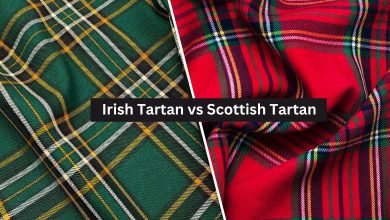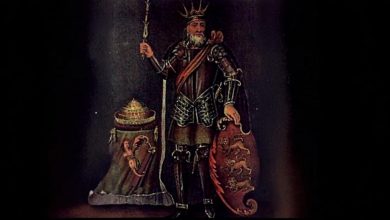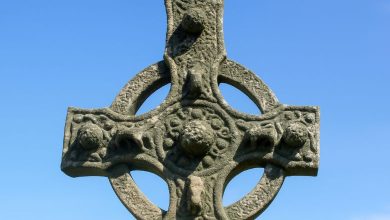Irish Resistance to Viking Invasions: How Irish Fought and Defended Them
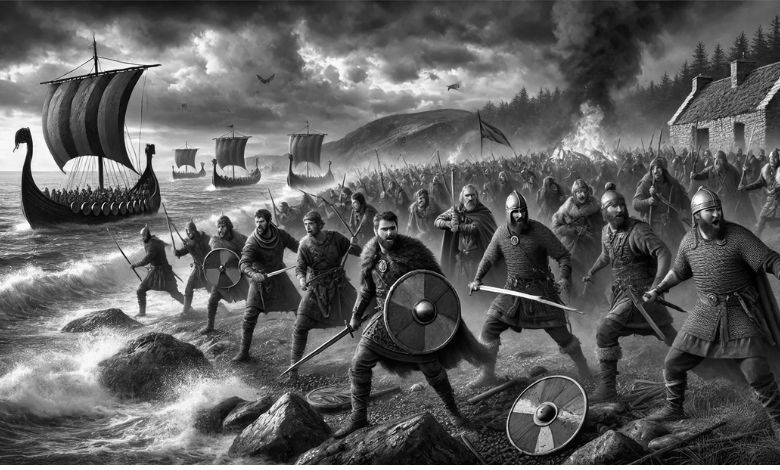
The history of Ireland is theatrical, just like that of Scotland. The thing other than the history they share is common enemies. Vikings were the most prominent rivals of the Irish people. They attacked Ireland several times, fought many wars, and won and lost. As a result, the structure of Ireland changed at all. However, the inhabitants of Ireland made countless efforts to keep them away from their homes.
Just as Scottish warriors were known for their distinctive kilts for men, the Irish too had their own cultural identity, with their attire and fighting spirit helping to shape their resistance against the Viking invasions. We will discuss all of these things in this information, from Viking attacks to Irish resistance and the warfare strategies of the Irish people.
Entrance of Vikings in Ireland
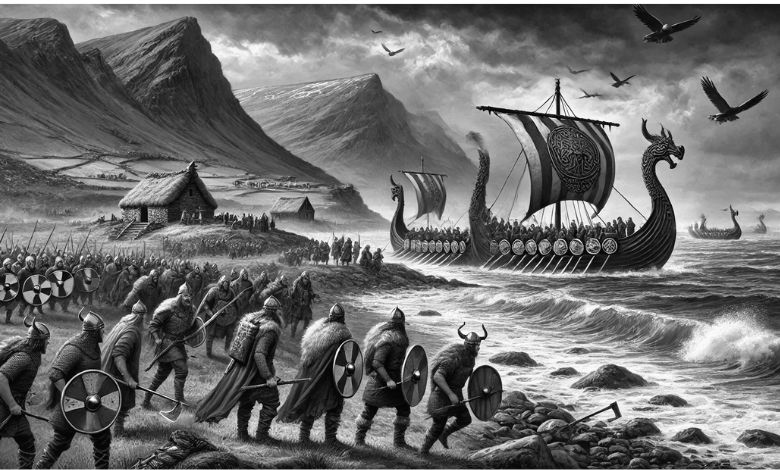
History claims that Vikings were very brutal warriors who flooded the blood wherever they went. Irish boundaries could not save them from being their victims. The story began in 795, when Irish shores witnessed the symptoms of Norsemen impacting their territories. Vikings stayed there for two centuries, and the Battle of Clontarf, led by Braun Boru, was their last battle in 1014.
Undoubtedly, the Vikings were very good at battles, and they were wise as well. When they started attacking Ireland, they chose monarchs who were not well-defended and had a large sum of treasure. The rapid and strategized attacks made the Vikings victorious initially. During these two centuries, some Irish tribes made alliances while a majority kept on fighting.
Irish Resistance to Viking Invasion
Resources reveal that Vikings served as uninvited guests and implemented sudden attacks. Though some Irish clans were not ready for all of these circumstances, still they fought back. Now, the question is, what was Irish resistance to the Viking invasion? The following passages answer this query.
Seek Help From Local Kings
When Irish clans scattered throughout the Highlands and other parts of the country had no other options, they sent their people to other local kings seeking help. A large number responded positively, helping Irish kings fight back.
Ring Forts
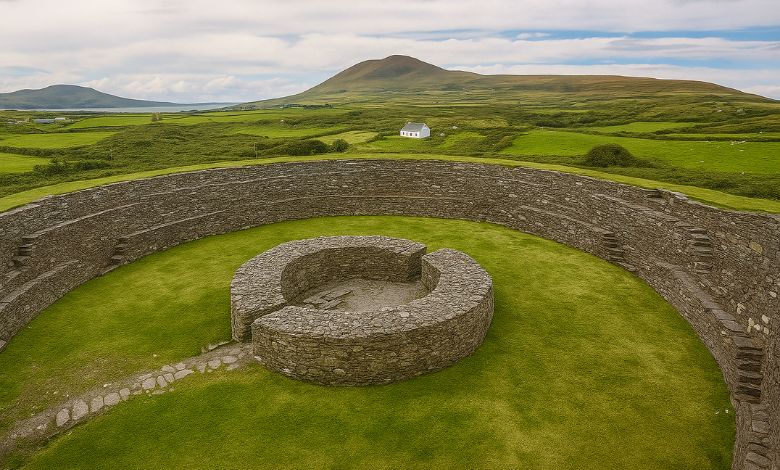
Ringforts are circular forts built around a raised earthen bank and ditch. They were used as fortified European settlements during the Bronze Age, Iron Age, and early Middle Ages. Ringforts were an essential part of every small settlement, restricting invaders’ access to the monarch.
Coastal Defenses
The ancient Irish used to live near the waters because the site limits the attackers from some directions. The total length of the Irish coastline is about 7500 kilometers having several lochs and islands. Vikings at first invaded through the waters, but the already existing coastal defenses of the Irish people kept them safe to a specific degree and provided them with time to counter back.
Alliances with Vikings
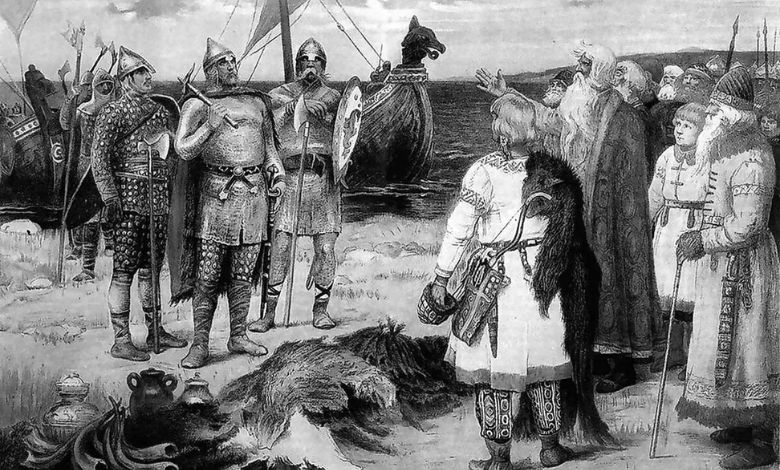
After some bloody wars, during which hundreds of thousands of people from both sides died, some Irish people and Vikings had no option other than to create an alliance. Irish king Brian Boru was the last to break the Norse power in AD 999. He married the daughter of a Norse king but attacked them back in 1014 and made them leave the ground.
Warfare Tactics of the Irish Community
The warfare tactics were better, and the fighting nature of Ireland was quite similar to Scotland. These common tactics may be because they shared the boundaries at Highland.
Guerrilla Tactics: These are one of the most traditional ways of attacking enemies. Irish people used to hit rivals from hidden places and run away, aiming to scatter others and make them afraid. The attack did not involve many warriors but a few who used to run away after attacks.
Ambushes: Ambush warfare is a military tactic involving surprise and concealment to attack an enemy from a hidden position. The goal primarily aimed to destroy or harass enemy forces. The practice was quite common among the Irish, who utilized it when fighting especially against Vikings.
The Role of the Church and Religious Figures
Another critical factor in the Irish Church’s resistance to the Viking invaders was their presence. Monasteries were sites of resistance even though they were frequently raided because of their richness. Religious leaders advocated for unification, and Irish monks assisted in preserving historical documents and recorded knowledge.
The Church was a strong institution at the time, and some Irish monarchs and nobles even turned to it for protection. Fortified monastic towns, like those built on islands, also grew in popularity after the Viking assaults, providing religious groups with safe havens.
Final Thoughts
The Irish resistance to Viking invasions showcases the Irish people’s strength, resilience, and adaptability. They were capable of successfully withstanding the Norsemen’s constant attacks by forming strategic alliances, creating creative defenses, and using different warfare techniques. The impact of the Church’s and Irish culture was another critical factor in maintaining Ireland’s identity. The Vikings eventually withdrew due to the spirit of defiance, ushering in a new chapter in Irish history.


